An essential workbench accessory, this versatile tool is so easy to use; you can even clamp it to a table if necessary. This helpful grip tool holds wood or other materials in place so you can work on it with both hands and with other tools, such as a saw. No workbench should be without a sturdy and robust tilting vise and the good news is you can find one for less when you shop wholesale prices. There are many reason shoppers come to Alibaba.com to buy wholesale tools, with buyers made up of construction companies, schools looking to kit out woodwork rooms and even those looking to make a saving on a single tilting vise for their own workshop. Many buyers are also woodworking stockists looking to obtain direct prices on large amounts of stock in order to sell on in their own store. Whatever your reason, search now and find a range of bench tools for every budget.
A clamping technique thought to have originated in the Middle Ages. Today the tilting vise is a versatile and essential facet of any workshop. Used extensively by wood-manufacturers, carpenters, on construction sites, in factories, in workshops, for woodwork classes, and even in backyard sheds, the simple but dependable tilting vise is an absolutely essential tool in any woodworking process.
Find the tilting vise you've been looking for at a price you weren't expecting when you take a browse today through Alibaba.com's wholesale tilting vise listings. The first port of call for low-cost tool purchases, you can also order multiple tools and enjoy even greater savings.

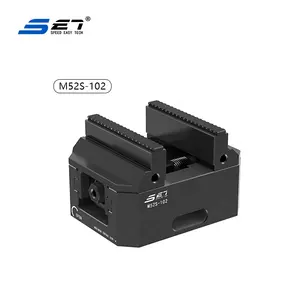







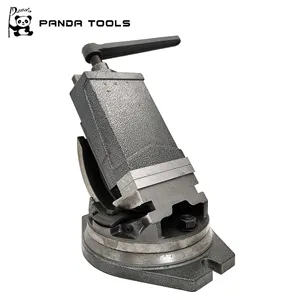
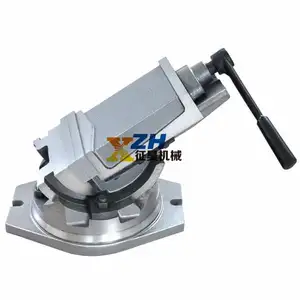



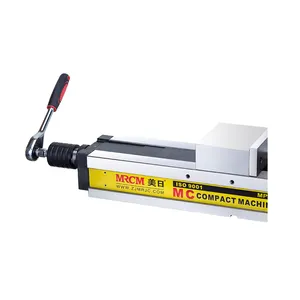





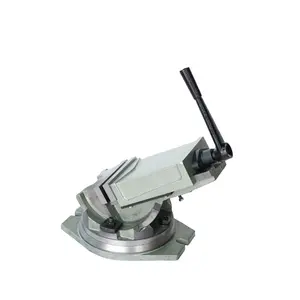













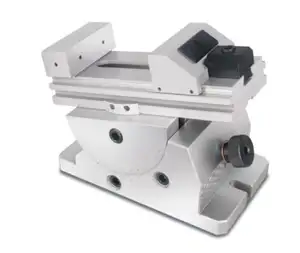
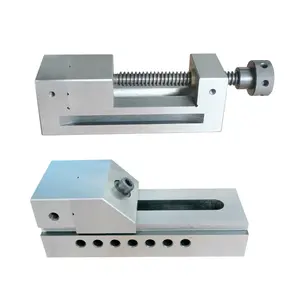
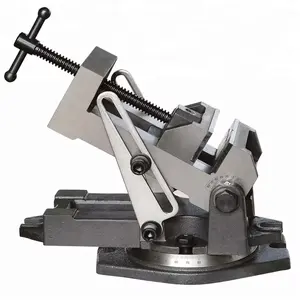

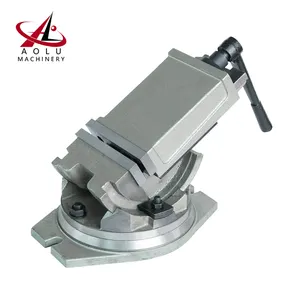
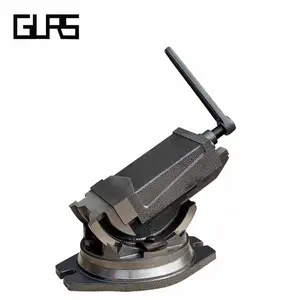





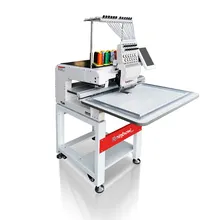


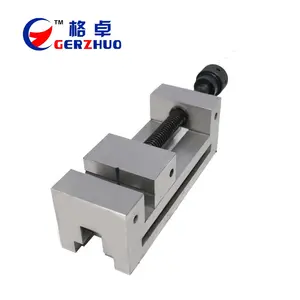

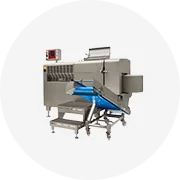






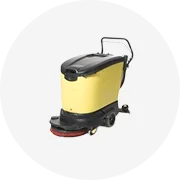



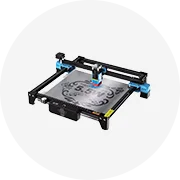

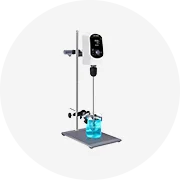
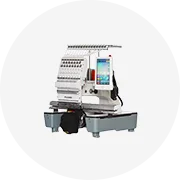









 浙公网安备 33010002000092号
浙公网安备 33010002000092号 浙B2-20120091-4
浙B2-20120091-4